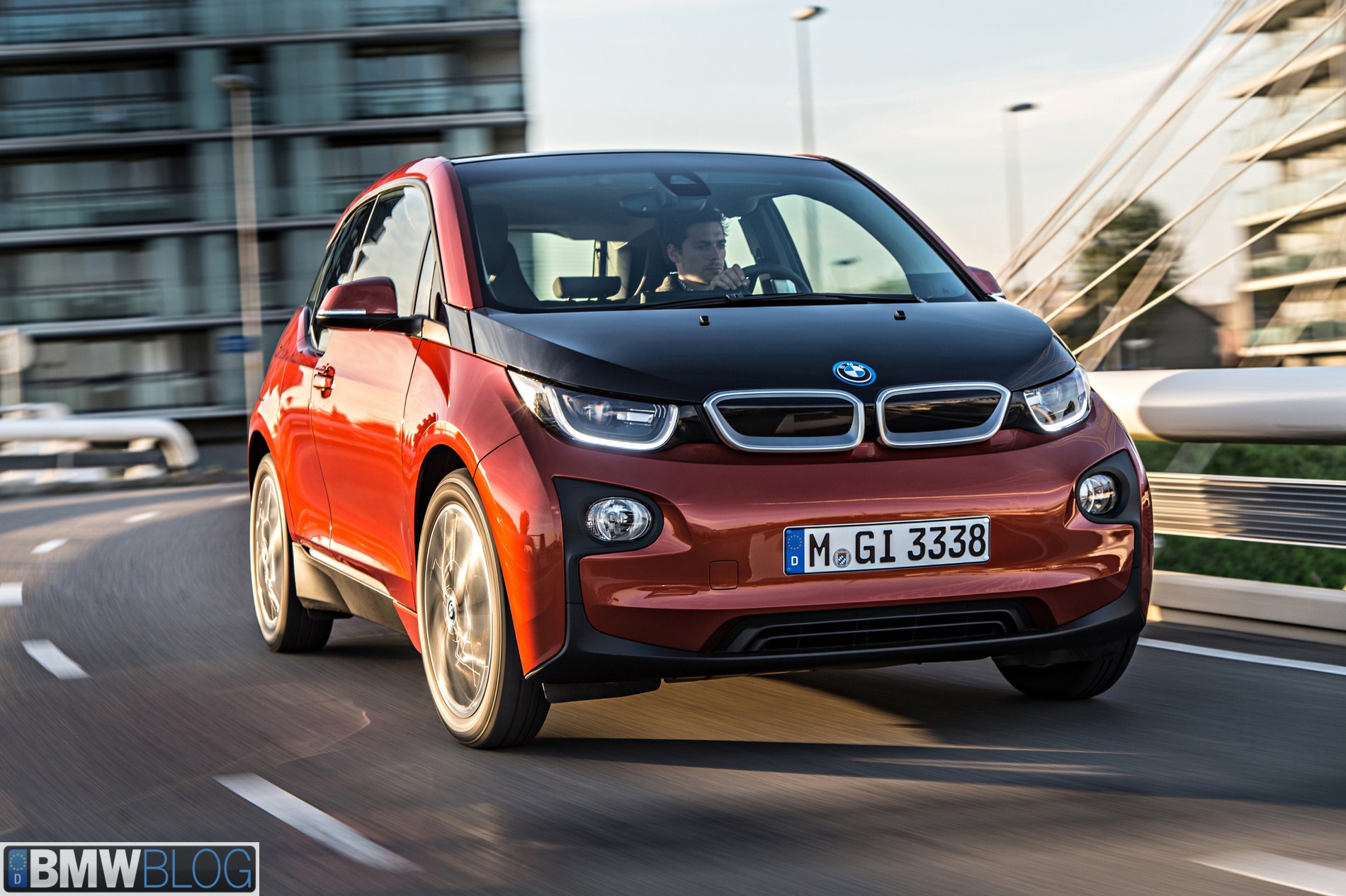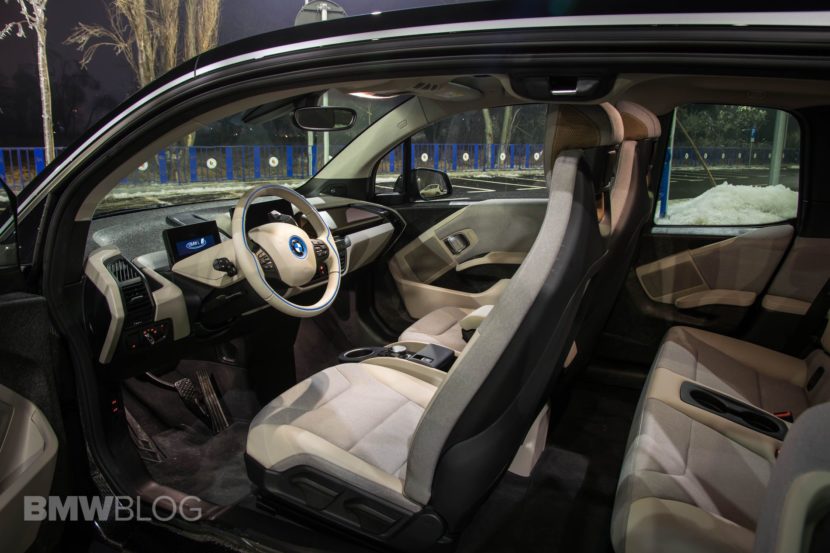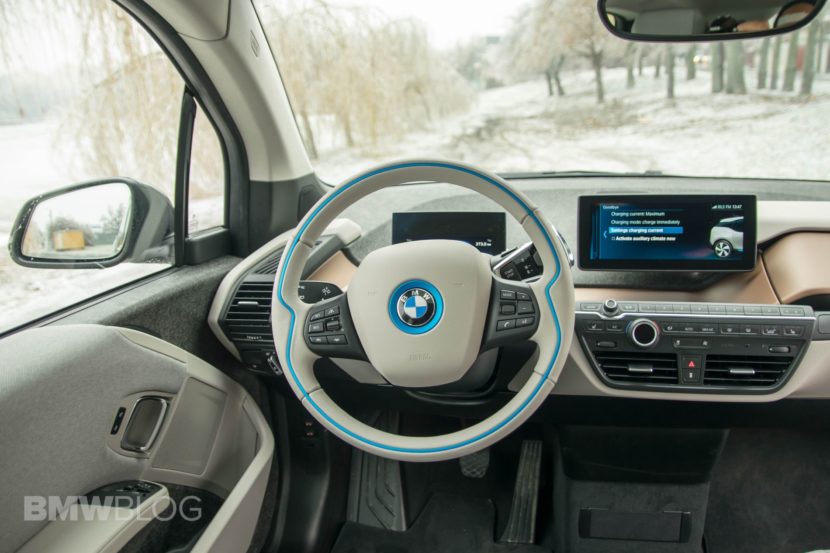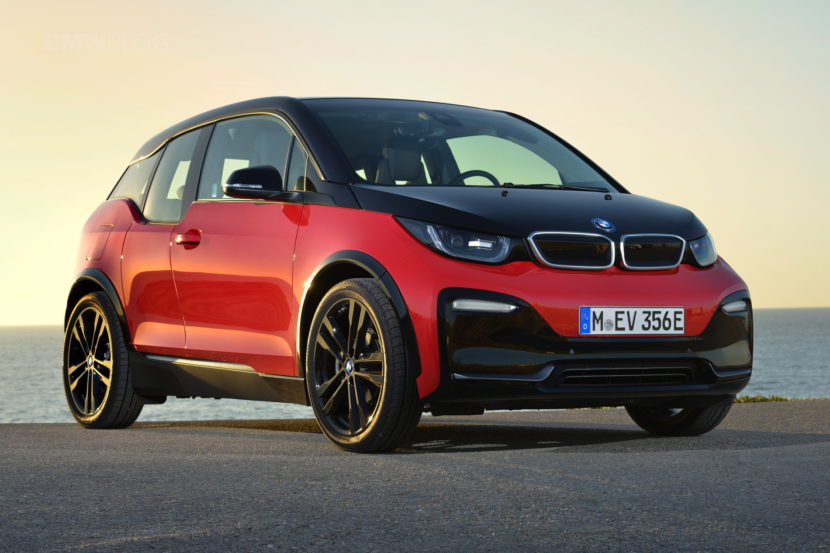The BMW i3 was never a perfect car. When it first launched, its battery was lacking on arrival, producing a lower total range than even some older competitors. It also lacked the performance punch of newer EVs at the time, such as the Tesla Model S. So, on paper, the i3 seemed a bit lackluster. Now, though, looking back at the i3 and how it’s evolved since its 2014 debut, it not only seems like a much better car but it also seems like it could be one of the best BMWs of all time.
Even today, the BMW i3 doesn’t do anything spectacular on paper. It’s still expensive, its range is still lacking and it’s not very powerful. However, the i3 is a lot more than just its spec sheet and is actually a surprisingly innovative car.
A Rarity In The Automotive World – Carbon Fiber Chassis
The i3 was the first BMW to ever use a carbon fiber reinforced plastic (CFRP) chassis and it was by far the cheapest car to use a full carbon tub. In fact, it still is. If you want a car with a carbon fiber chassis, you’re going to have to look at McLarens because there’s nothing else on the road with such construction. Also, considering the direction BMW is currently going in, the i3 will be the last BMW to feature a fully carbon tub. Even the upcoming iX will use mostly aluminum and steel, with some carbon sprinkled in. So the BMW i3 is a unicorn in not only the BMW family but the industry.
That carbon fiber construction is special for a couple of reasons. The most obvious reason is its weight. The i3 is light; sub-3,000 lbs in certain specs. Because of its light weight, it can make do with a smaller battery pack and still produce adequate ranges. It can also use a small electric motor, without gobs of power, and still feel quick enough. However, weight isn’t the only reason that carbon fiber construction is beneficial.
Stiffness plays a big factor as well. Because the main structure of the chassis is one piece of CFRP, its torsional rigidity is far superior to any traditional chassis, made from bonded and welded metals. That stiffness allows the i3 to feel rock solid, like a six-figure luxury car, even over the roughest of pavement. It also allows BMW to fit stiffer suspension without sacrificing ride comfort, giving the i3 sharper handling.
Great Handling
Speaking of handling, the BMW i3’s rear-wheel drive layout allows it to handle with an agility that belies its looks. While the i3 might be a tall, upright hatchback, it drives and handles more like a hot-hatch than a crossover. Its steering is sharp and its chassis feels nimble, making it perfect for a city car, as it can nip in and out of traffic with ease.
Another interesting innovation on BMW’s part are the i3’s tires. During development, BMW wanted to fit the i3 with the most efficient, low rolling-resistance tires it could but didn’t want to sacrifice road-holding grip. So BMW was clever and designed very skinny but very tall tires. So the i3’s wheel size is quite large and the tires have a high profile but they’re extremely skinny, almost bicycle skinny.
BMW realized during development that the taller profile still allows for a good tire contact patch on the pavement. So even though the tires are skinny, there’s still a substantial amount of rubber on the road, allowing the i3 to better traction than you might think.
Arguably The Smartest Interior Design In The BMW Lineup
Then comes the interior. The cabin of the BMW i3 might be its best feature. We recently spoke about how the i3’s interior is potentially BMW’s best, so we won’t rehash all of those points. However, there’s more to be said about the inside of the quirky looking i3. The BMW i3 is meant to be a city car, so it has a high seating position and very tall windows. Also, due to that carbon construction again, the i3 can have narrow pillars while also meeting rollover crash standards. Due to all of that, outward visibility in the i3 is tremendous, providing drivers a commanding view of the road surrounding them.
In fact, the BMW i3’s interior is still so revolutionary that other brands are copying it. The Volkswagen ID.3 is the most recent and the most unashamed. The interior of the ID.3 is so clearly inspired by the i3 that it borders on plagiarism. It even features a higher ride height than the Volkswagen Golf, though that could also be due to the battery in the floor. Point is, the ID.3’s interior design was heavily inspired by the i3’s, even down to its quirky shift lever.
It’s also a more practical interior than you might think. Sure, the BMW i3 has a tiny footprint but because of its upright body style and sort of cube-like shape, along with its electric powertrain, BMW was able to carve out a ton of interior space. So with the rear seats folded down, you can actually haul a decent amount of luggage in the i3’s caboose. Our own Horatiu has stuffed a Christmas tree in the tiny i3 on more than one occasion. Even a bass was fitted in there.
More Popular Than Ever, Difficult To Get A New One
Also, it’s gaining popularity. At first, BMW couldn’t give i3s away. Now, it’s actually difficult to get them in the U.S. BMW dealers are back-ordered months, if they can get them at all. Admittedly, production is slower than before but demand has also gone up. As EVs become more common and sought after, customers are starting to appreciate the i3’s quirky design and driving characteristics. In other EV-centric countries, such as Norway, the i3 was always popular and is still growing in popularity.
Of course, the BMW i3 isn’t perfect and never has been. Its range, despite having been updated so many times you can’t count them on one hand, the i3 still lacks the range of its competitors. In fact, it lacks the range of competitors from five years ago. It also lacks interior tech of more modern cars and doesn’t have some of the cool semi-autonomous features of newer EVs. However, when you drive the i3 in isolation, you realize how innovative it really is. In terms of comfort tech and range, the i3 still lags far behind but it has so many interesting innovations that BMW will continue to use and learn from for years to come.











































































